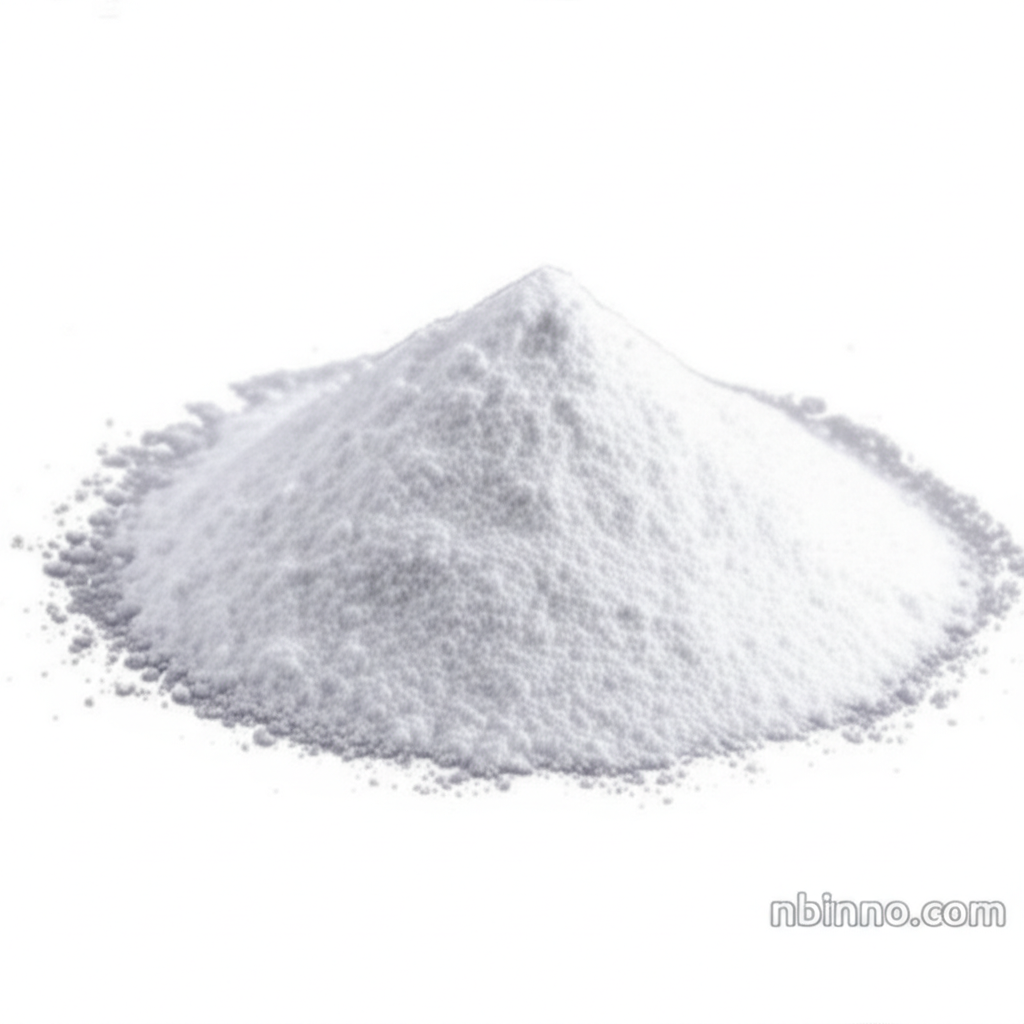Dilauroyl Peroxide: A Versatile Free Radical Initiator for Polymerization and Beyond
Discover the key applications and benefits of this essential organic peroxide.
Get a Quote & SampleProduct Core Value

Dilauroyl Peroxide
Dilauroyl peroxide is a critical organic compound widely recognized for its role as a highly effective initiator in free radical polymerization reactions. Its chemical structure and properties make it invaluable across various industrial applications.
- Explore the diverse dilauroyl peroxide applications, ranging from polymer synthesis to specialized industrial uses.
- Understand why lauroyl peroxide applications are so broad, including its function as a polyester curing agent.
- Learn about the significance of organic peroxide CAS 105-74-8 in modern chemical manufacturing and its reliable performance.
- Discover how this compound serves as a vital component in creating high-performance materials through efficient free radical polymerization.
Key Advantages
Initiation Efficiency
As a leading polymerization initiator, it ensures efficient chain growth, crucial for producing high-quality polymers used in various products.
Industrial Versatility
Its utility extends beyond polymerization, functioning effectively as a polyester curing agent and a rubber crosslinking agent, demonstrating its wide-ranging applicability.
Broad Industry Use
From the demanding requirements of the food industry bleaching agent sector to the precision needed in high-pressure polyethylene production, its performance is consistently reliable.
Key Applications
Polymer Production
This compound is a primary choice as an initiator for various polymerization processes, contributing to the synthesis of essential plastics and polymers.
Polyester Curing
It acts as an effective curing agent for polyesters, enhancing their structural integrity and performance characteristics.
Rubber Crosslinking
The compound's ability to facilitate rubber crosslinking leads to improved elasticity and durability in rubber products.
Bleaching and Foaming
It finds application as a bleaching agent, particularly in the food and grease production industries, and also serves as a foaming agent.
